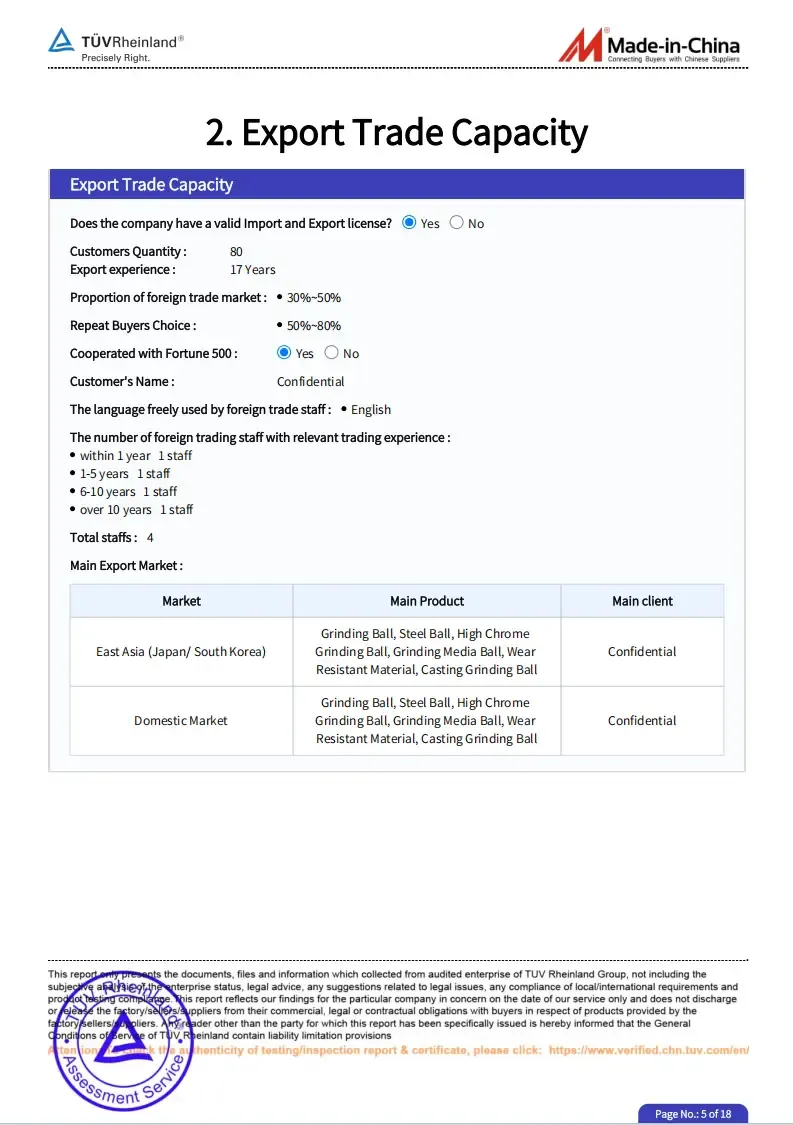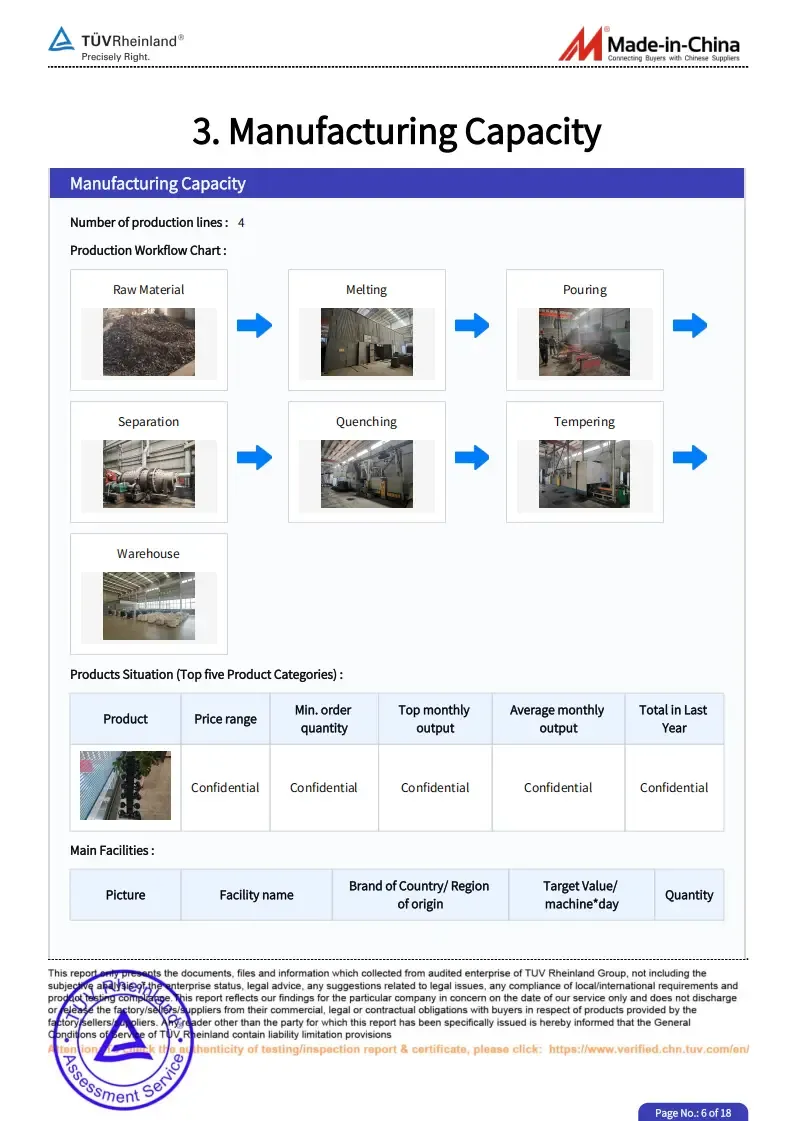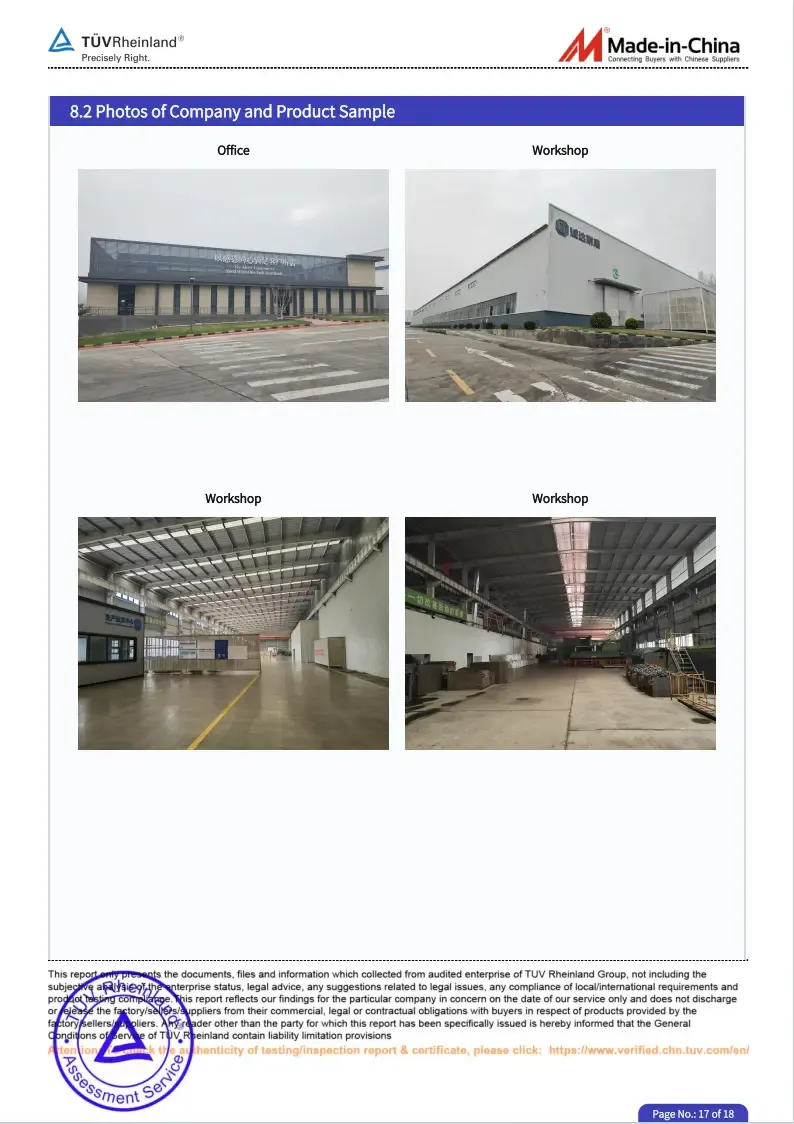Oct . 06, 2025 00:35 Back to list
Chromium Manganese Alloys with High Purity and Consistency?
Chromium–Manganese Wear Media: Field Notes, Specs, and What Buyers Actually Ask
If you work around mills or crushers, you hear the phrase chromium manganese tossed around a lot. To be honest, it’s not just jargon; it’s a shorthand for toughness meets hardness. Chengda Wear Resistant Materials Co., Ltd., based in KIZUN Industry Zone, Luquan, Shijiazhuang, Hebei, China, has been doubling down on this alloy family with serious capacity (120,000 t/y) and equally serious certifications—ISO 9001, ISO 14001, OHSMS, plus TÜV and SGS. I’ve walked plants that run their media; many customers say the throughput-stability mix is hard to beat.

What’s trending (and why it matters)
Across cement, mining, and quarrying, buyers want fewer stoppages, lower kWh/t, and—lately—credible CO₂ reductions. chromium manganese media, especially high-chrome white irons with controlled retained austenite, help by resisting abrasion and impact. Chengda’s range spans 1–30% Cr in 15–140 mm sizes; larger balls (60–140 mm) typically sit at 10–28% Cr with 57–66 HRc hardness. In practice, I’ve seen mills reporting ≈10–25% longer service life versus generic imports, real-world use may vary with ore and pH.

Product snapshot and quick specs
| Parameter | Typical Range | Notes |
|---|---|---|
| Diameter | 15–140 mm | SAG/ball mills; selection by grind size |
| Chromium content | 1–30% Cr | High-chrome white iron for abrasion |
| Hardness | 57–66 HRc | ISO 6508-1/ASTM E18 tested |
| Microstructure | M7C3 carbides + martensite | Optimized quench/temper |

How it’s made (short version)
Materials: high-chrome iron charges, alloying elements (Cr, Mo, Mn), returns. Methods: automated melting, precise inoculation, sand/lost-foam casting, then heat treatment (oil or polymer quench; temper to relieve stresses). Testing: spectrometry, ultrasonic inspection, drop-ball impact, hardness (HRc), abrasion (ASTM G65). Every batch goes through metallography to verify carbide distribution. Honestly, the lab discipline is what separates premium chromium manganese media from “cheap and cheerful.”

Where it’s used
Cement finish mills, iron ore and copper concentrators, gold CIL/CIP circuits, limestone quarries, and even some specialty slag grinding lines. Chengda also supports flotation circuits by cutting media wear that can skew pulp chemistry—an underappreciated edge, I guess, until recoveries tick up.
Vendor landscape (quick comparison)
| Vendor | Certifications | Capacity | Typical Hardness | Service Notes |
|---|---|---|---|---|
| Chengda (Hebei) | ISO 9001/14001, OHSMS, TÜV, SGS | ≈120,000 t/y | 57–66 HRc | R&D lab, customization, test reports |
| Foundry A (Generic) | ISO 9001 | ≈40,000 t/y | 55–62 HRc | Limited metallurgy support |
| Foundry B (Import) | — | n/a | 50–60 HRc | Price-led, variable QA |

Customization, KPIs, and a couple of cases
Chengda tunes Cr/Mo/Mn, ball size mix, and heat treatment to ore abrasivity and mill dynamics. In one North Asia copper SAG line, switching to chromium manganese high-chrome balls cut wear rate ≈18% and lifted throughput ≈3% at similar grind. A limestone plant reported 12–15% longer change-out intervals; operators liked the steadier power draw.

Quality, testing, and documentation
Certificates: ISO 9001, ISO 14001, OHSMS, TÜV, SGS. Test pack typically includes: chemical analysis (spectro), hardness (ISO 6508-1/ASTM E18), abrasion (ASTM G65), microstructure photos, and, when needed, ASTM A532 compliance notes. It seems simple, but those reports make maintenance teams comfortable signing off.

Service life and sustainability
With the right ball mix, I’ve seen 5–10% lower specific energy and fewer top-ups—small wins that stack up. Chengda’s pitch about trimming carbon per ton milled isn’t fluff; less wear, fewer shipments. And yes, the company has 35 national patents—15 inventions, 20 utility models—which shows up in the metallurgy more than the marketing.
Authoritative citations
- ISO 9001:2015 Quality management systems.
- ISO 14001:2015 Environmental management systems.
- ISO 45001:2018 Occupational health and safety management systems.
- ISO 6508-1:2016 Metallic materials—Rockwell hardness test.
- ASTM E18-20 Rockwell Hardness of Metallic Materials.
- ASTM G65-16 Standard Test Method for Measuring Abrasion Using the Dry Sand/Rubber Wheel Apparatus.
- ASTM A532/A532M-10(2014) Abrasion-Resistant Cast Irons.
-
Expert Insights on Fabrica de Molinos de Bolas: Industry Trends & Global Applications
NewsNov.24,2025
-
Expert Insights on Fabricantes de Bolas de Molienda de Acero: Global Applications & Trends
NewsNov.23,2025
-
Leading Fabricantes de Bolas de Molienda: Your Ultimate Guide to Grinding Balls
NewsNov.23,2025
-
Fabricante de Bolas de Molienda – Quality Grinding Balls for Efficient Industry
NewsNov.23,2025
-
Trusted Proveedores de Medios de Molienda for Efficient Industrial Grinding
NewsNov.22,2025
-
Proveedores de Bolas de Molienda: Your Guide to Top Grinding Ball Suppliers & Industry Insights
NewsNov.22,2025
Realted Products
















